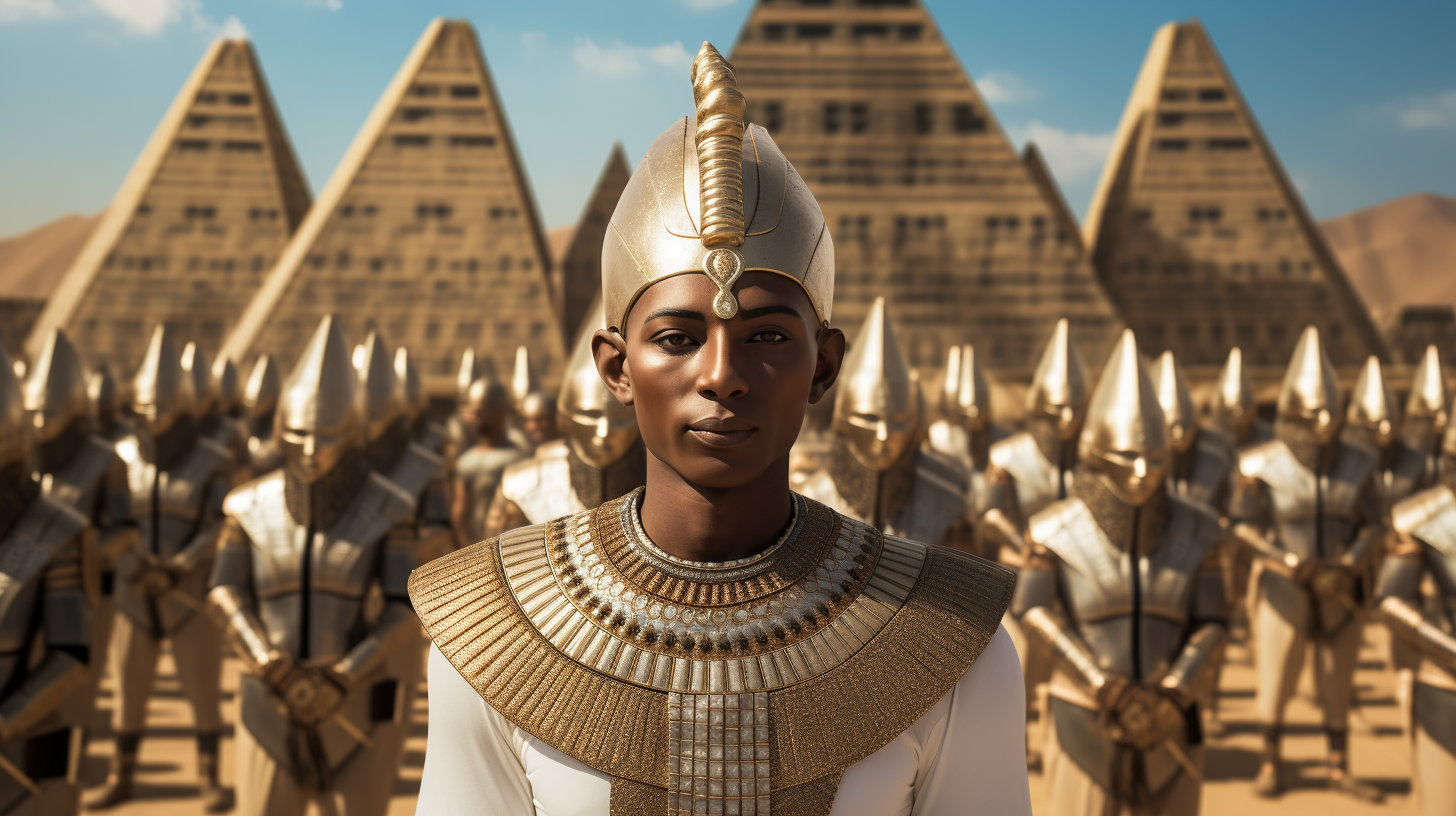Behold a captivating narrative buried within ancient chronicles, a tale of a remarkable ruler who dared to challenge conventions, leaving behind a legacy that withstood attempts to fade her story into oblivion. This exceptional figure is none other than Hatshepsut, the female pharaoh whose influence continues to echo through the corridors of time.
After her passing, there arose endeavors to obliterate every remnant of her reign, a practice commonly seen in tumultuous power transitions of bygone eras. Nevertheless, despite relentless campaigns to obliterate her memory, Hatshepsut’s impact endures across epochs, with her funerary temple emerging as a symbol of her tenacity and dominion.
Hatshepsut’s rule, spanning roughly from 1479 to 1458 BCE, heralded a golden era of prosperity and ingenuity in ancient Egypt. Beyond her awe-inspiring architectural feats, her legacy encompasses profound societal contributions that reverberate through the annals of history.

A vivid testament to Hatshepsut’s impact is her mortuary temple, named Djeser-Djeseru, meaning “The Holy of Holies.” This architectural marvel graces the terrain of Deir el-Bahri on the western banks of the Nile, close to present-day Luxor. The temple’s design seamlessly melds traditional Egyptian architectural elements with avant-garde advancements, spotlighting her visionary essence.
The Mortuary Temple of Hatshepsut boasts three terraced levels adorned with columned terraces and cascading ramps leading to a pinnacle sanctuary. Intricate reliefs portraying episodes from Hatshepsut’s life and divine lineage embellish these terraces, validating her sovereignty. Additionally, the temple precinct houses a sun court and an array of statues, reinforcing her divine affiliations.
Notably, the enduring presence of Hatshepsut’s funerary temple stands as a tangible testament to her resilience. Despite endeavors by her successor to expunge her from historical annals, this grand edifice has endured the passage of time, persevering for over 3500 years. Its existence defies prevailing narratives of power transitions and historical obliteration, underscoring that the legacies of resolute and influential figures can weather even the most concerted efforts to silence them.

The chronicle of Hatshepsut serves as a poignant prompt to acknowledge and laud the accomplishments of those who have indelibly shaped society, despite adversities and endeavors to efface their legacies. The Mortuary Temple of Hatshepsut symbolizes her enduring imprint in ancient Egypt and the global narrative, a tribute to her extraordinary reign and enduring remembrance throughout the epochs.
In essence, Hatshepsut’s legacy embodies determination, innovation, and enduring influence. Her funerary temple, a magnificent tribute to her reign, continues to enthrall and inspire audiences globally. The unwavering essence of this temple stands as evidence that history immortalizes the remarkable achievements of those who defy conventions and carve a lasting legacy in the tapestry of time, irrespective of challenges encountered. Hatshepsut’s legacy encapsulates the potency of resilience and the lasting resonance of exceptional individuals through history.
